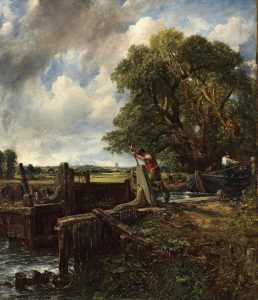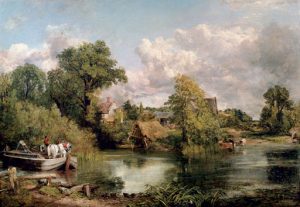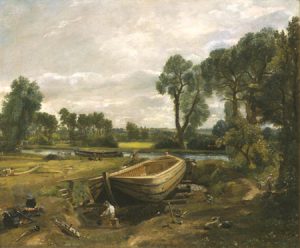A river with two names?
Is it pronounced Stower (rhyming with myrrh) or Stour (rhyming with hour)? The first thing to grasp is that the name of the river can be pronounced two ways and much debate rages on this topic! If you have a strong Suffolk accent then you will insist on Stower but there is really no uniform pronunciation. There are many other River Stour’s in England with the origins of the name deriving from Saxon times and referring to a “strong or mighty river”.
During the reign of Queen Anne in 1705, an act of Parliament was passed making the River Stower (Stour) navigable from Sudbury, Suffolk to Manningtree, Essex. This was one of the country’s earliest statutory rights of navigation. Between 1705 and 1713, work was undertaken to enable passage for barges, boats, lighters and other vessels. A public right of navigation remains today and is administered by the Environment Agency. However, many of the locks have disappeared and through navigation from Brundon Mill, upstream of Sudbury in Suffolk, to the sea at Brantham in Essex (a distance of approximately 25 miles) is only achievable to lighter craft such as canoes and kayaks.
The Navigation
The River Stour Trust was set up on 12th September 1968 to protect and enhance the right of the public to navigate the River Stour. We seek to reinstate through navigation, improve river access points and campaign for a change to the byelaws in order to permit electric boats on the whole stretch of the River Stour. Find out more about navigating the River Stour – click here.
Gainsborough & Constable
The depictions of the Suffolk & Essex landscapes by the artists, Thomas Gainsborough (1727–1788) and John Constable (1776-1837), are revered worldwide.
Thomas Gainsborough is widely considered to be one of the greatest artists of his era. He was born in Sudbury and spent much of his childhood sketching in its surrounding woods and fields.
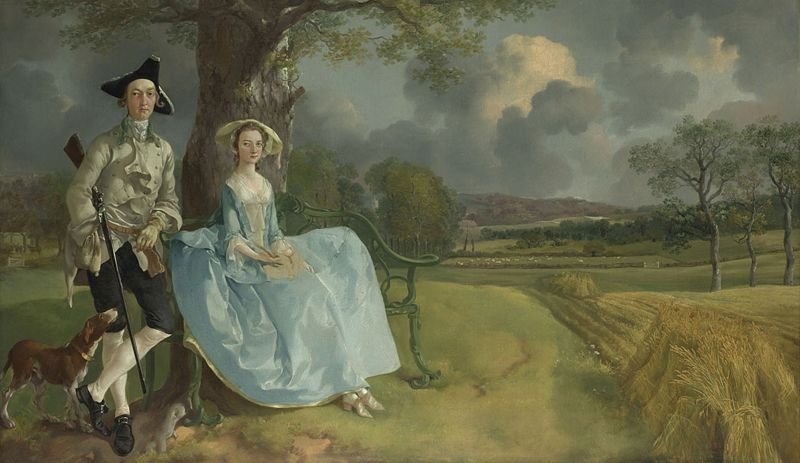
Thomas Gainsborough, 1727 – 1788 Mr and Mrs Andrews about 1750 Oil on canvas, 69.8 x 119.4 cm Bought with contributions from The Pilgrim Trust, The Art Fund, Associated Television Ltd, and Mr and Mrs W. W. Spooner, 1960 NG6301 http://www.nationalgallery.org.uk/paintings/NG6301 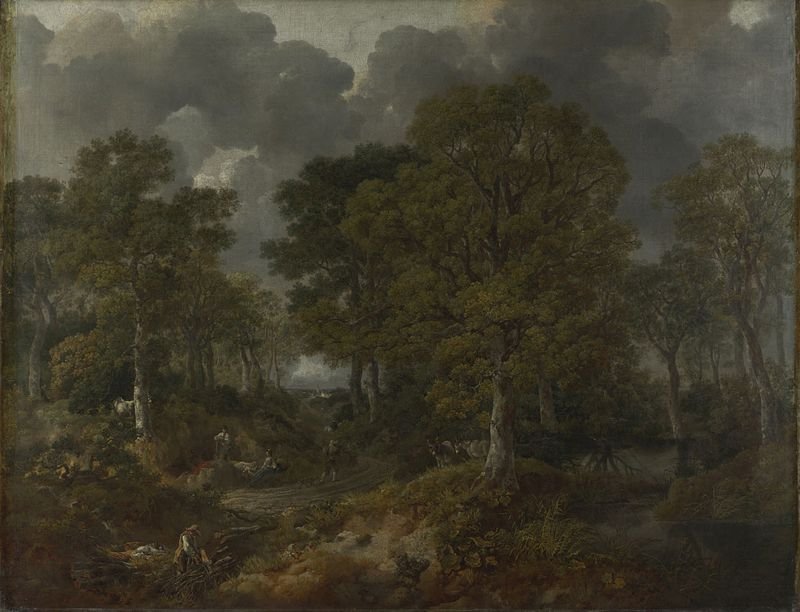
Thomas Gainsborough, 1727 – 1788 Cornard Wood, near Sudbury, Suffolk 1748 Oil on canvas, 122 x 155 cm Bought (Lewis Fund), 1875 NG925 http://www.nationalgallery.org.uk/paintings/NG925
This same landscape became the inspiration for John Constable half a century later captivated by scenes of the Stour busy with all kinds of boats that he immortalised on canvas.
I associate my boyhood to all that lies on the banks of the Stour. The sound of water escaping from mill-dams and sluices… willows, old rotten planks, slimy posts, and brickwork. I love such things… Those scenes made me a painter and I am grateful.
John Constable
Stour Lighters
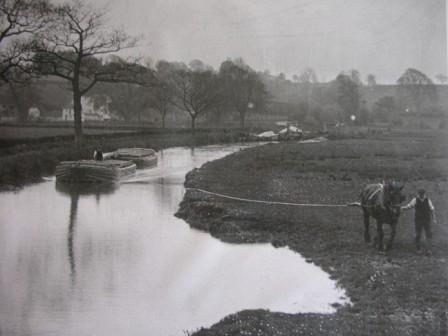
These barges operated on the River Stour from 1705 until the early part of this century carrying cargo up and down the river including bricks, grain, flour, manure and coal. Most of the boats were made in a dry dock or Basin at Flatford although others were built on a boatyard at the top end of the former Gasworks Cut near the The Granary, Quay Lane. Sadly, its remains were destroyed in September 1997. However, the Basin at Flatford was restored to full working order by the National Trust with assistance from the River Stour Trust in the late 1980’s. John Constable’s famous landscape painting ‘Boat Building at Flatford’ (c.1815) shows a lighter under construction.
The lighters are unique in that they operated in pairs, being permanently shackled bow to stern, rather in the style of an articulated lorry,with the rear lighter being used as a rudder for the pair. The stern vessel had a single hold with a small cabin at the back. Each boat measured approximately 10 feet wide and 46 feet long with a depth of 2.8 feet and was able to carry a load of 13 tonnes. The crew consisted of a captain and a horseman, often a young lad, and the total 26 tonnes of cargo were towed by a single horse. The horse was trained to leap on and off the foredeck whenever the towpath changed from one bank to the other and jumped many obstacles that were encountered along the towpath. John Constable is well known for his paintings that depict the working life of the River Stour during the early 1820’s. ‘The White Horse’ (c. 1819) shows a horse being ferried across the river whilst ‘The Leaping Horse’ (c.1825) depicts the horse jumping over a barrier on the towpath.
The journey from Sudbury to the estuary normally took about 2 days, with an overnight stop halfway at Horkesley where a special bothy or bunkhouse was provided for the lightermen. The lighters continued upstream to Sudbury until the 1914-1918 War, when fearful of a German invasion, it was decided to scuttle the entire Sudbury fleet of 14 lighters in Ballingdon Cut. However, two separately owned lighters continued to operate on the lower part of the river until about 1938, when they were eventually abandoned.
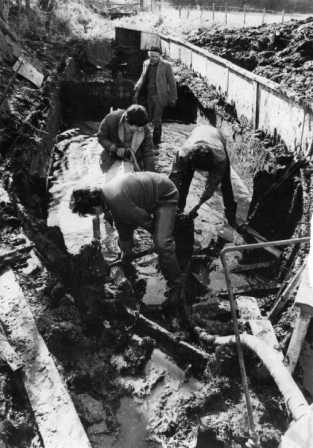
One of the lighters (No.13) was recovered in the 1970’s by members of the River Stour Trust and was later the subject of a year long job creation scheme, where it was finally restored by a gang of five previously unemployed men.
In the 1980’s it was not only vandalised but also damaged in the Great Storm of 1987. It was moored at Great Cornard for many years in much need of funds to restore it to its former glory.
The John Constable Lighter is on the Historic Ship’s Register as being of regional historical interest and the River Stour Trust is proud of having preserved the lighter for posterity.
The River Stour Trust is delighted that this 140 year old vessel has been restored to full working order as part of the Managing a Masterpiece scheme. The next stage of its life will bring it back to being used on the River Stour as a trip boat and ‘floating classroom’ to be enjoyed by future generations.
Click here to read more about the Lighter and its restoration.
